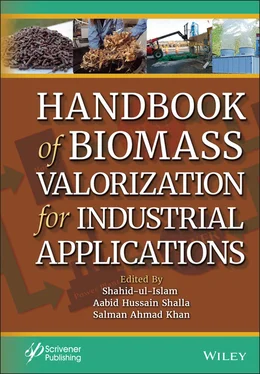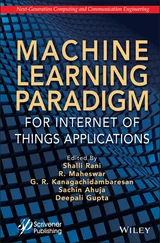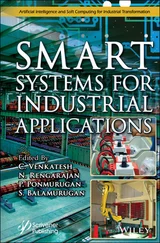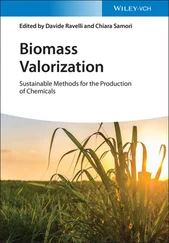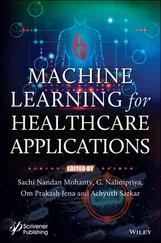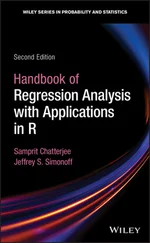The nine chapters in the first part of the book cover topics relating to energy, biofuels and bio-aromatics. Chapter 1highlights the fundamental concept and basic mechanism of photocatalytic transformation of biomass and biomass-derived chemicals into electricity, hydrogen and fine chemicals. A detailed discussion of aspects of a catalyst, such as structure activity relationship, band gap tuning and visible-light-induced activity, is also presented. Chapter 2covers Biobased materials as feedstocks for the production of bio-aromatics. Chapter 3focuses on different types of biomasses, methods of preparation, and sustainability. Chapter 4discusses the basic principles, mechanisms, and advancements in prominent techniques for glycerol valorization along with the synthesis, characterization, and function of different carbon-based catalysts. Chapter 5discusses various catalysts involved in the conversion of lignocellulosic biomass into platform chemicals and bio-aromatics. Chapter 6discusses the pyrolysis of triglycerides for the production of fuels and chemicals. Chapter 7provides a few guidelines for mathematical modeling of a drying process towards its energy and cost analysis, as well as industrial-scale process optimization. Chapter 8gives a detailed explanation of many chemical procedures, including fermentation, hydrothermal liquefaction, gasification, pyrolysis, and digestion in the absence of oxygen to form biohydrogen, biomethane, biochar, and other Biobased products from algal biomass. Finally, Chapter 9focuses on valorization of biomass-derived aldehydes into oxygenated compounds.
The chapters contained in the second part of the book cover topics concerning the food, agricultural and environmental sectors. Chapter 10gives a brief overview of the generation of waste from food processing industries, and highlights the necessity of valorizing food waste. Chapter 11details the transformation of photocatalytic biomass into valuable products. Chapter 12highlights the applications of biomass as biofuel in ecological remediation, phytomedicine and as biocatalysts. Chapter 13focuses on the valorization of secondary metabolites from plants using various techniques, including tissue culture and mutation breeding. Chapter 14addresses the use of rice starch for green and sustainable food industry applications. Different physical and chemical modifications of rice starches for targeting various food products and their properties are included to provide new insights into the biomass-derived rice starch. Chapter 15highlights smart materials derived from agrowastes for use in almost every field ranging from applications for energy storage/conversion devices to those for mitigation and remediation technologies for soil, air and water; and from biomedical applications to those related to precision agriculture. Chapter 16focuses on the valorization of wastes in value-added applications like fertilizer, wastewater treatment, and biofuel. Chapter 17highlights the concepts involved in various hydrothermal process pathways such as classification of feedstock, conversion mechanism, influencing parameters, product separation and identification. Chapter 18critically discusses the industrial applications of cellulose extracted from agricultural and food industry wastes. Chapter 19highlights techniques for the production of adhesives, hydrogels, nanomaterial, and polymer-based composites. Chapter 20briefly discusses textile wastewater treatment technologies, with a primary focus on the potential treatment methods for valorization of sludge. Chapter 21deals with biofertilizers and their role in the sustainable growth of the agriculture sector. Finally, Chapter 22presents a detailed overview of the effect of adsorption parameters, such as pH, temperature, time, initial concentration of Cr(VI) and bioadsorbent dose, for maximum removal of toxic chromium.
This book will appeal to a broad readership, including scientists, researchers, scholars, engineers and students from diverse backgrounds interested in the field of biomass valorization. It can also be used as a reference book for undergraduate and graduate courses.
In conclusion, I would like to thank all the authors for writing exciting and informative chapters for this book. Last but not least, my special thanks to Mr. Martin Scrivener, President of Scrivener Publishing, USA, for his very friendly and inspiring cooperation.
Shahid-ul-Islam
IUST
November 2021
Part 1 ENERGY, BIOFUELS AND BIO-AROMATICS
1
Photocatalytic Biomass Valorization into Valuable Chemicals
Brajesh Kumar1*, Lovjeet Singh2, Pawan Rekha3 and Pradeep Kumar4
1 Department of Chemical Engineering, National Institute of Technology Srinagar, Hazratbal, Srinagar, Jammu and Kashmir, India
2 Department of Chemical Engineering, Malaviya National Institute of Technology, Jaipur, Rajasthan, India
3 Department of Chemistry, Malaviya National Institute of Technology, Jaipur, Rajasthan, India
4 Department of Chemical Engineering, Institute of Engineering & Technology, Lucknow, Uttar Pradesh, India
Abstract
With the increasing demands of green and renewable energy sources due to worldwide environmental concern, the valorization of earth-abundant biomass into valuable fuels and chemicals represents an area of tremendous importance in green chemistry. Biomass has potential to be used as a substitute of non-renewable and rapidly depleting fossil fuels. The integration of biomass utilization and photocatalysis appears as a promising technology to obtain higher grade of sustainability in chemical processes. The photocatalytic process is considered among the top green processes because of its feasibility at room temperature and atmospheric pressure. This chapter thus highlights the fundamental concept and basic mechanism of photocatalytic transformation of biomass and biomass-derived chemicals to electricity, hydrogen and fine chemicals. A detailed discussion on the catalyst aspect such as structure activity relationship, band gap tuning and visible light induced activity will be presented. Furthermore, some possible strategies to avoid various challenges in practical applicability of this process are discussed.
Keywords: Renewable energy, biomass, photocatalysts, solar energy, biohydrogen
A wide range of energy that people use in the human habitation and in other necessary spaces is procured from non-renewable sources of energy. As we all know energy extracted from conventional approach (coal, petrol, diesel, natural gas, hydrates, oil, shale, natural bitumen, extra heavy oil, etc.) is reducing day by day due to finite availability on this globe [1]. The reasons behind this energy crisis are given in Figure 1.1. With great benefits, the sources of conventional energy are also creating huge adverse impacts such as global warming and ocean acidification. In global warming, the average temperature of the atmosphere increases which in turn results in many climatic problems such as high speed of melting glaciers, intense storm threat, disbalances in atmosphere’s chemical composition, scarcity of water, possibility of fire in forests, etc. Ocean acidification is the consequence of some anthropogenic excess that is responsible for global warming in which there is release of more amount of carbon dioxide at faster rates. Due to this impact, the pH level of ocean lowers down causing the absorption of carbon dioxide in the ocean water forcefully creating more and more acids in the oceans.
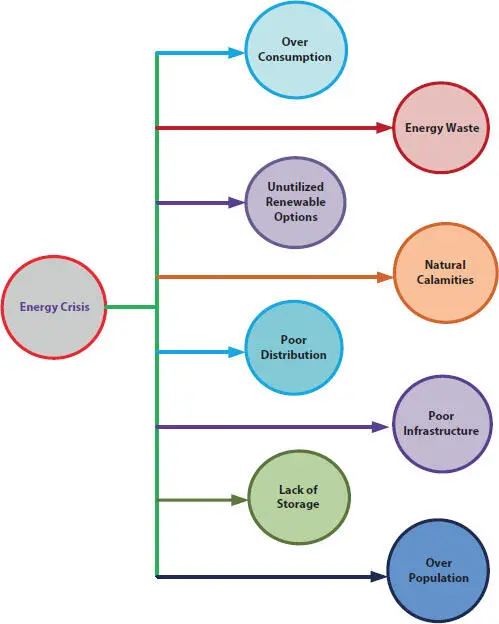
Figure 1.1 Reasons for energy crisis on earth.
Читать дальше
